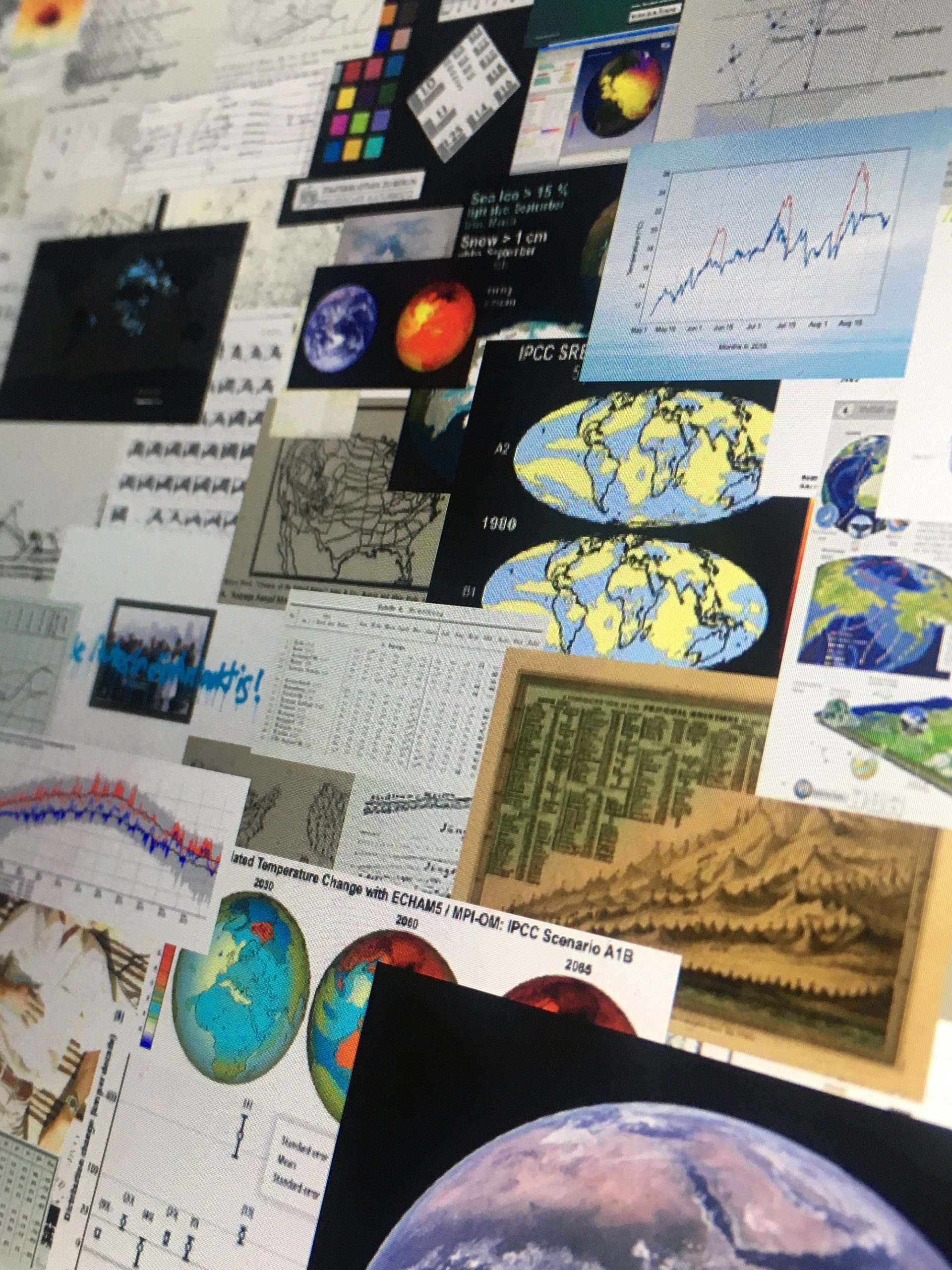In 1994, Gottfried Boehm propagated the iconic change in visual science. Today, the epistemological research of the digital image and its machine-readable numerical codes determines a central focus of visual humanities. This includes the methodical inquiry of innovative image recognition and analysis technologies such as computer vision and machine learning.
Our mixed methods research design grapples critically with these image technologies and/or the interplay of qualitative-hermeneutical and quantitative-algorithmic image analysis approaches from the fields of art and visual science as well as computer science.
In terms of content, the project named analysing networked climate images addresses the topic of climate change and its visual impact communication. Evident climate images that prominently represent and influence the current world view of climate change in its diversity between politics, science, art and popular culture are being compared and analysed for similarities with the help of so-called catch images or Bilderfahrzeuge (Aby Warburg).
Similarity is particularly interesting for our research, as it serves as a central method of image analysis in digital image data analysis as well as in art history and image science. Systematic and methodical becomes similarity important, when by finding commonalities, by properties in which things coincide, categories are set up that allow different groupings and clusters and thus statements about coherences of objectivity.
We methodically compare images of the climate on the Internet based on criteria of shape (e.g., formal similarities and color similarities), context similarity, and similarities of metadata. The similarities on the shape level promise a particular gain in knowledge as they are neither merely qualitative nor merely quantitative determined, but moreover have a central role in the analysis in all disciplines involved.
We expect results of our project on three levels:
1 – At the level of algorithm-based research we will evaluate different similarity concepts for the analysis of images in the network using computer vision and neural networks.
2 – At the level of the subject (climate pictures), we want to gain new insights about which images are being spread and how and which types of images are used in connection with certain contexts.
3 – At the methodological level, we will engage in an intensive dialogue on the questions and answers that our approaches provide and systematically document and reflect on them broadly on a meta-level.
